
Porcupines are nocturnal, solitary animals that most people are unaware of unless they see the damage they can cause to trees. Porcupines feed on the young bark, leaves and terminal twigs of trees. Damage is usually found high up in the branches of trees but can be found anywhere in the branches and even on the trunk of trees.

Porcupines prefer the inner bark, or phloem, which is more nutritious than the cambium or xylem tissue.
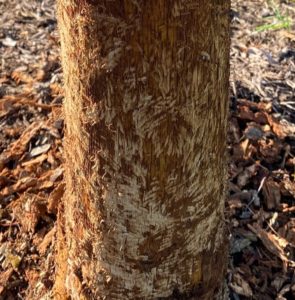
They use their teeth to scrape the bark, producing grooved tooth marks about 5mm wide. Smaller tooth marks are made by squirrels or other small mammals which also may feed on the bark.
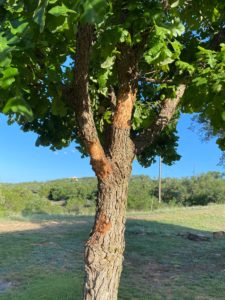
If the bark is stripped all the way to the cambium layer, which is the layer of cell division for the vascular system, the trunk or the branch above that point will likely die. If the bark is stripped all the way around the branch or trunk, girdling it, then it will die from that point upward or outward. The cambium is not capable of regenerating itself. If the bark is not stripped all the way around, the branch may survive.
Any damage to the bark of this nature will weaken the tree and make it more susceptible to insect and disease.
While porcupines may be a problem to homeowners if they feed on valuable landscape trees, their presence in the forest can be beneficial. Their feeding can cause the death of trees which opens the canopy to light. This increase in sunlight encourages herbaceous growth in the understory which benefits other species.
Exclusion of porcupines from the landscape can be costly. Fencing that is buried 12”-18” deep with an electric wire at the top will effectively exclude them from the garden. Large trees may be protected using hardware cloth on the trunks and scaffold branches but will need to be monitored so that they do not physically damage the tree.
Aluminum flashing may be installed 30” tall around the trunk to prevent the porcupine from climbing the trunk. Be sure to monitor the flashing as the tree grows so that it does not damage the trunk.
Porcupines are also attracted to salt, which can be found in chemicals used to tan leather like gloves or saddles. They are also attracted to the resins in plywood, so proper storage of these materials will discourage their visits. Some people may provide a salt block as an alternative.
Trapping should be a last resort, and local regulations should always be followed in the case of trapping and relocation.

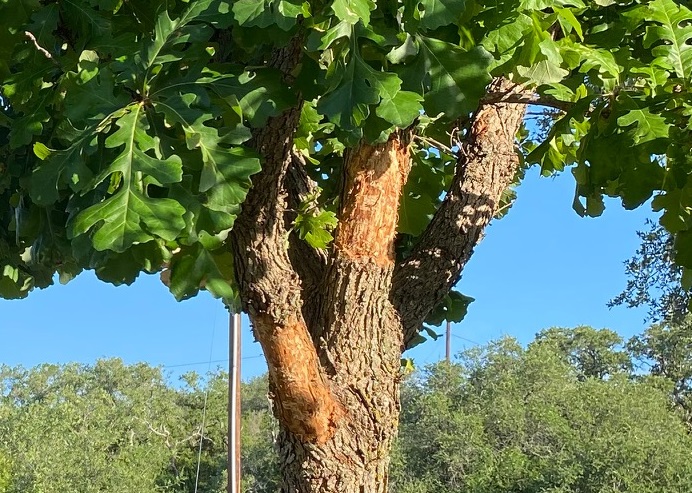
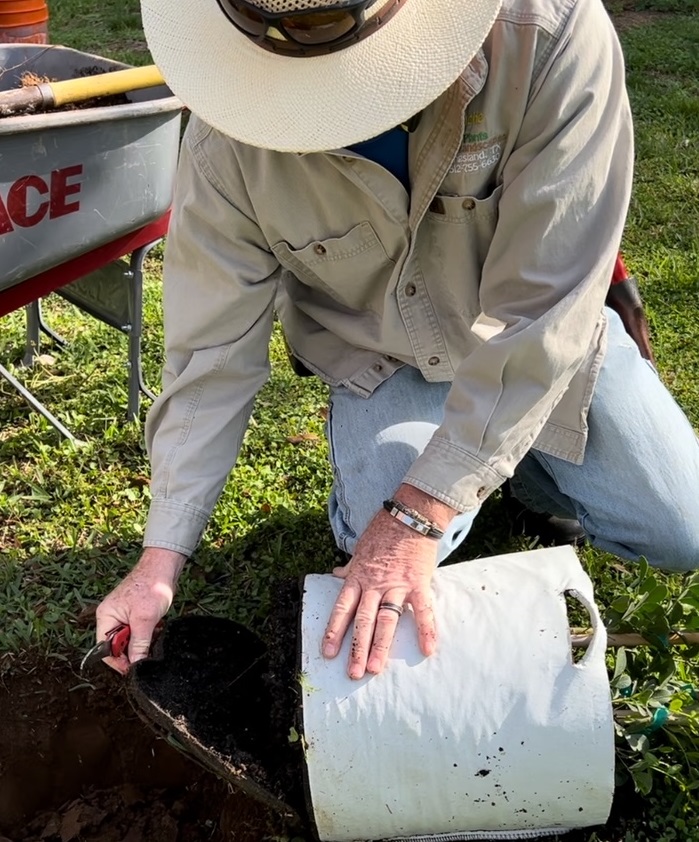
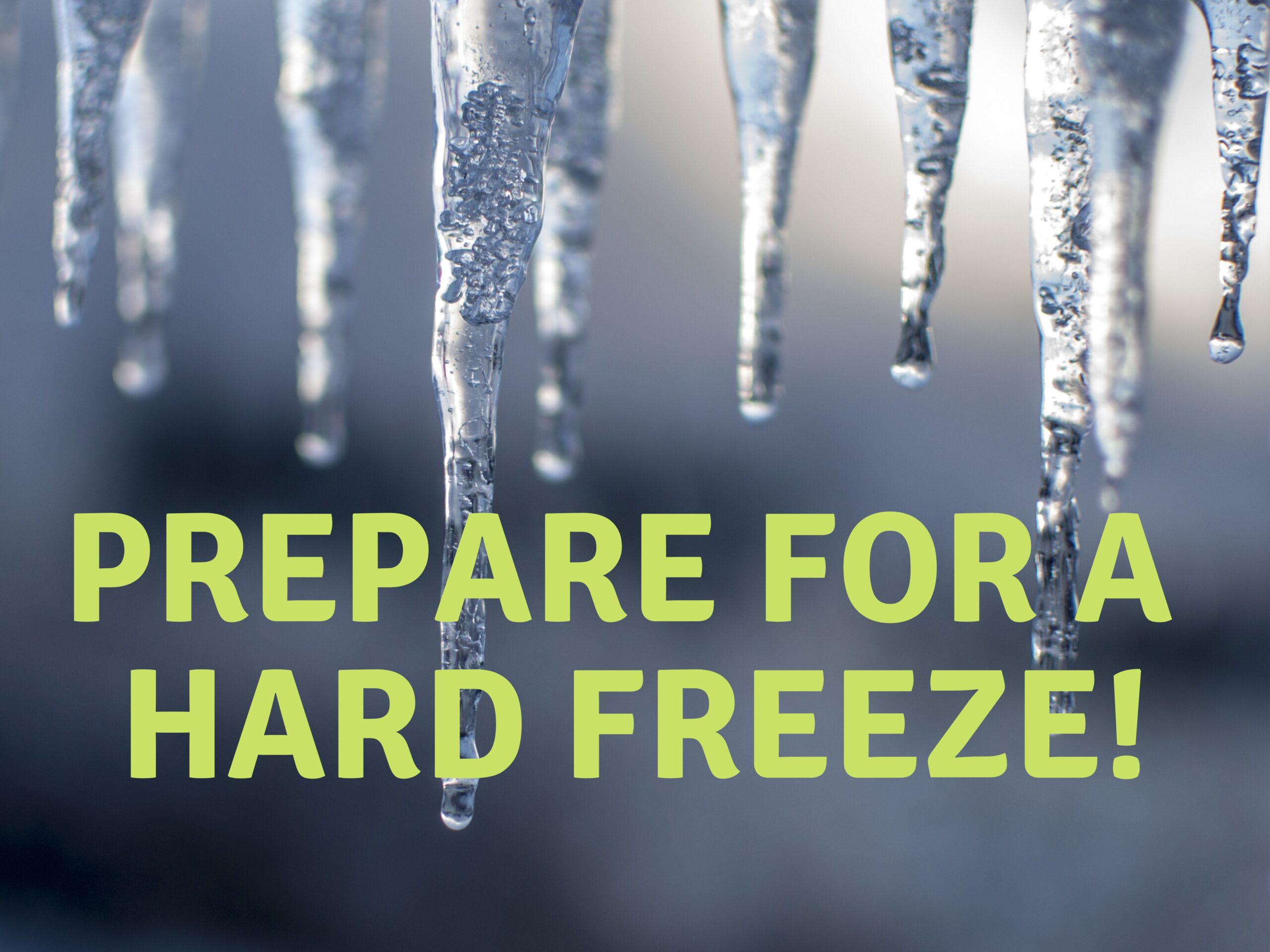

I have a 4’x4’x3’ tall bed that we would like to plant a fruit tree in. Possibly an apricot or lemon. Its in full sun and we live near Canyon Lake. Its super dry and gets above 100 most of the summer. We will be hand watering. It gets below freezing several times a winter. What do you recommend? We have 3 peach trees and 2 apples already. I’m open to ideas. Thanks!
Hi Cathy,
Please read our blog on Fruit tree requirements. A 4×4’bed is not going to be large enough for a fruit tree. The specifications for soil is in that blog. We also have a fruit tree varieties list on the website which shows which pollinators are required. Citrus should be planted in pots in your area so that they may be protected from freezes. Please read the blog on growing citrus in Central Texas.